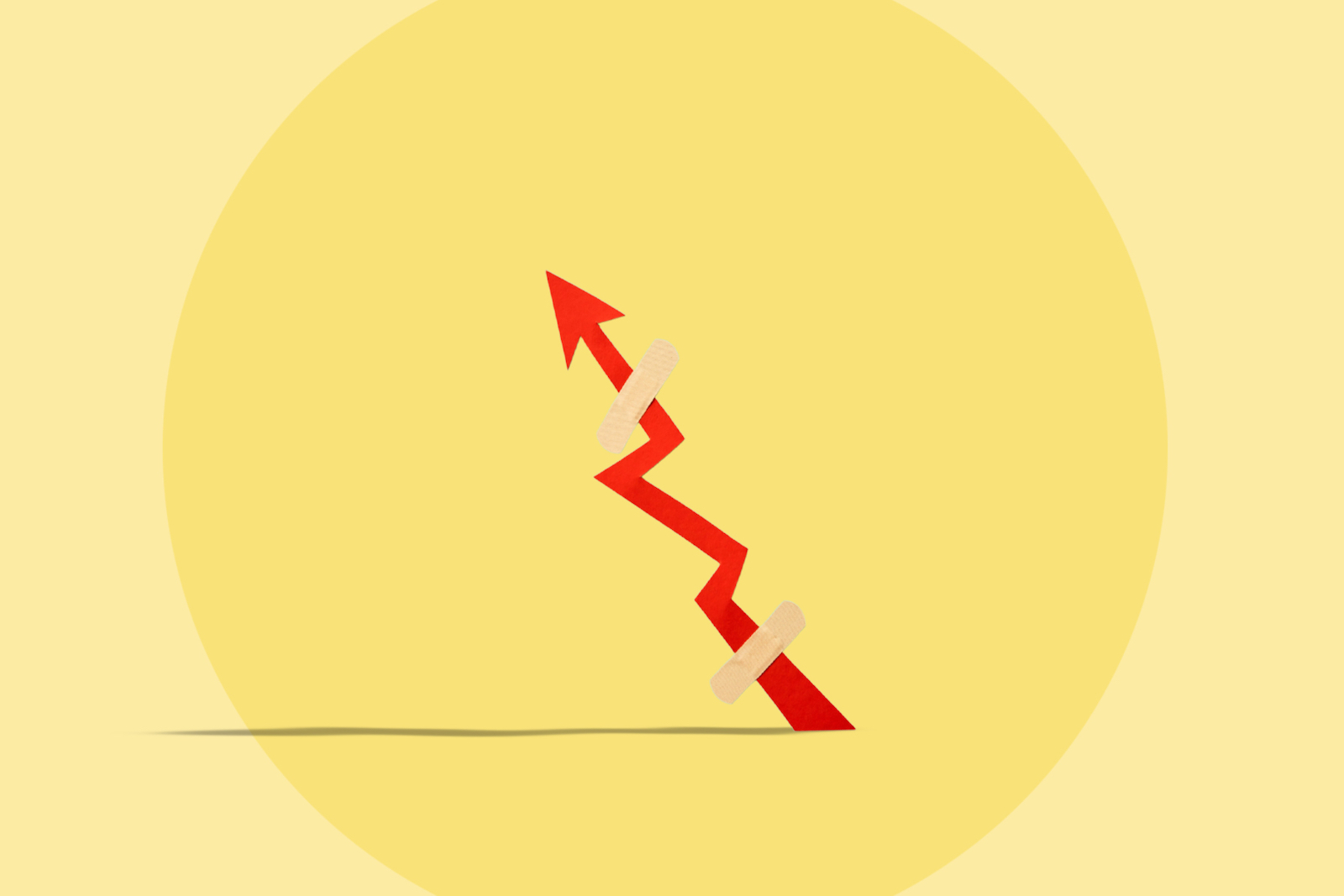
Business
Ensuring Portfolio Robustness: Key Elements to Consider
Finding the right investment is always a matter of personal choice. Despite discovering those assets which you think could help you ‘strike it rich,’ the decisions made can be a balance between art and mathematics. Investors consider the potential returns they can get from their investments, balancing the risk/reward ratio. They also consider the current economic climate and market conditions, and how these might affect their investment portfolios.
Other factors people consider when investing include the stability of the companies they are investing in, the management team, and the industry trends that may impact the company’s growth prospects. One aspect which cannot be ignored is the importance of having a robust portfolio, to ensure the decisions you are making are correct.
Portfolio robustness is critical for ensuring investment security. However, how can we ensure that our portfolio stays robust? One of the most important factors is diversification, which can only be achieved through vigilance.
To ensure true and effective diversification, every investment must be scrutinized for robustness. It’s important to invest only in high-quality assets with a good risk-return profile. Simply buying lower-quality investments to create the illusion of diversification is not advisable. In fact, it can reduce diversification and weaken robustness, producing the opposite results.
A higher number of assets is desirable, but the quality of those assets is of paramount importance. By being vigilant and investing only in robust assets, we can ensure the long-term robustness of our investment portfolio.
The impact of asset class on portfolio robustness
The level of robustness in a portfolio varies according to the asset class. For instance, equities’ robustness is typically linked to high-quality companies rather than their performance. This is due to the potential volatility of stock prices, which can be influenced by numerous factors and trade activities.
Understanding the context of an asset is critical in assessing its robustness. Fixed income, for example, is generally considered a lower-risk asset with a lower rate of return, making it more robust. It’s crucial to have a comprehensive understanding of the assets before considering them for investment.
Preserving capital for robustness
Capital preservation features are an essential consideration for portfolio robustness. These features can be implemented to increase robustness, but how?
Capital preservation features ensure that only a certain percentage of the investment is exposed to risk. For instance, investing $10,000 and setting $7,000 aside into a fund for five years that accrues at a 9% annual rate ensures the original amount will be preserved at the end of the period.
The remaining $3,000 could be invested in a derivative product, such as an option to buy a stock that provides an upside on an asset. This is a calculated risk since exercising the option is contingent on the asset value reaching the right amount. However, the capital preservation feature ensures that even if the option fails, the original investment value is retained at a minimum.
Since such features typically involve a safer asset for capital preservation and a derivative, the investment is more robust and has lower risk as a whole.
Measuring volatility
The robustness of an asset can change at any moment, highlighting the need for continuous monitoring of the investment landscape. It is crucial to regularly evaluate whether an asset is still considered robust or not. For instance, cryptocurrencies are a relatively new asset class with limited historical data. As such, it’s challenging to fully comprehend their fundamental dynamics and their potential to add robustness to a portfolio. Conversely, some assets might appear robust in a given environment but may fail to sustain their stability.
The S&P 500 has been around for 75 years, and with extensive analysis, we have a better understanding of the dynamics of the market as a whole. However, unforeseen global economic crashes, pandemics, or wars can still have a significant impact on any investment portfolio.
Knowledge is power
As asset managers, we are responsible for anticipating and predicting the behavior of all types of assets. Achieving the right balance between factors that we know to be true, those that are usually the case, and the unpredictable “wildcards” is critical.
While we should all make the decision to invest in something we believe in and find to be the right fit for who we are, it’s important not to be blinded by false hope without fully understanding the industry in which we plan to invest.
We must continually analyze and monitor the market, leveraging our knowledge to ensure we are able to understand which assets we should cherry-pick which can balance return on investment with considered risks and mitigating mechanisms. This approach allows us to build a fully diverse, sustainable, and robust portfolio.

